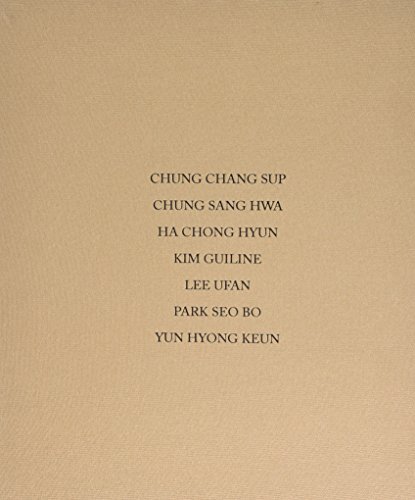
Korean Dansaekhwa painting emerged in the 1970s as a reaction to the academicism of the National Art Exhibition and the country's rapidly changing social and political landscape. Characterized by its emphasis on the monochrome, its refined approach to materiality and its philosophical interest in the relationship between the artist's consciousness and the act of making, Dansaekwha borrowed materials, techniques and motifs from both Eastern and Western painting traditions. "The Art of Dansaekhwa" explores how the Dansaekhwa movement flourished within the then-contemporary art scene in Korea and beyond, telling the story of the development of contemporary art practice in Korea through the work of Dansaekhwa artists Kim Guiline, Chung Sang-Hwa, Chung Chang-Sup, Ha Chong-Hyun, Lee Ufan, Park Seo-Bo and Yun Hyong-Keun.
Regions
Seoul (66)Countries
Republic of Korea (343)Other geographical areas
Korea (167)Eastern Asia (2,196)